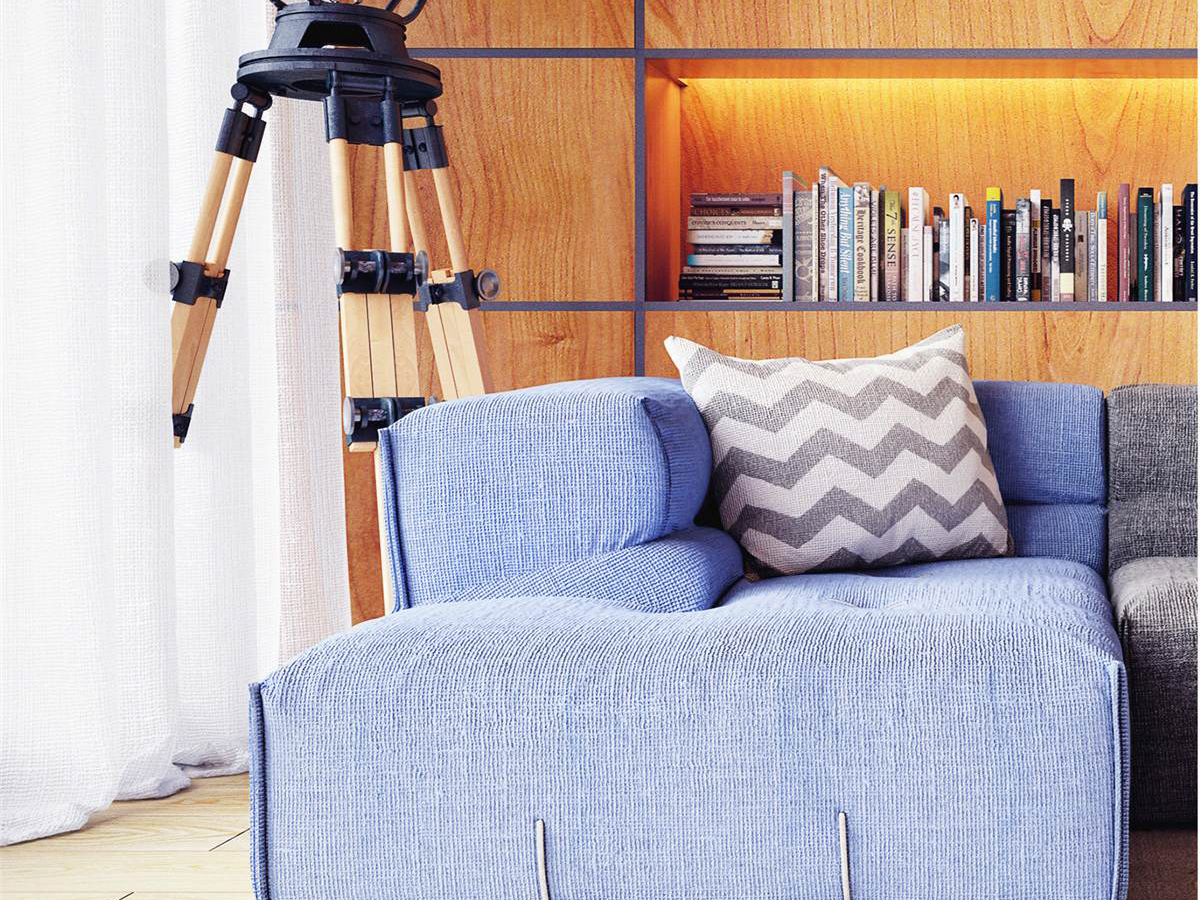The Importance of Shade Designing
Design plays a significant role in the world around us, and it has a significant impact on the way we perceive our environment. Shade designing is no exception, as it not only enhances the aesthetic appeal of a space, but it also provides practical benefits.
In today’s world, where climate change is a significant issue, the importance of shade designing has increased in significance. It contributes to addressing issues related to energy consumption, temperature control, and reducing carbon footprint while promoting health and well-being.
The Role of a Shade Designer
A shade designer is a professional who uses their knowledge and artistic abilities to create shade structures that are both functional and visually appealing. They work collaboratively with clients to understand their needs and the environment in which the structures will be placed.
The shade designer will consider factors such as the orientation of the sun, climatic patterns, wind direction, and building design to create the perfect structure. They also keep in mind the aesthetics of the building and the surrounding area to ensure that the structure complements the space.
The Design Process
The shade design process begins with a thorough analysis of the space and client requirements. The designer will conduct research to understand the environmental conditions, climate patterns, and building design to create a realistic and effective design.
Next, the designer will create a sketch or 3D model of the proposed structure, taking into account all the necessary features, including the material, color, and texture options. The model helps the designer and client visualize the final result and make changes if needed.
After the design is finalized, the construction process begins, involving the selection of quality materials, precise cutting, and careful installation to ensure the longevity of the structure.
The Benefits of Shade Designing
Shade designing has a numerous benefits, including:
Energy Efficiency:
Shade structures play a vital role in reducing the amount of heat in a space. By providing a shaded area, they help reduce the need for air conditioning and, therefore, lower energy costs.
Climate Control:
Shade designing reduces the impact of direct sunlight and extreme weather conditions, maintaining a comfortable temperature and humidity level in a space.
Health and Wellness:
Shade structures provide a comfortable shaded area for people to relax and unwind, enhancing their physical and mental health.
Aesthetic Appeal:
Shade structures can enhance the aesthetic appeal of a space, adding a distinctive architectural element that complements the building’s design.



